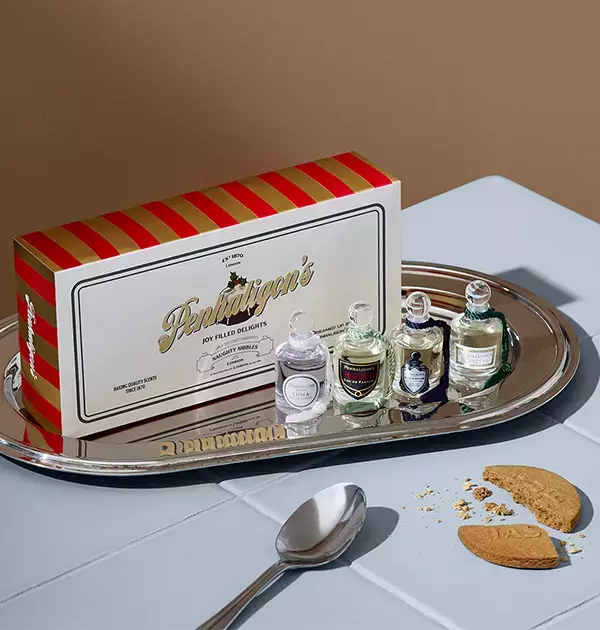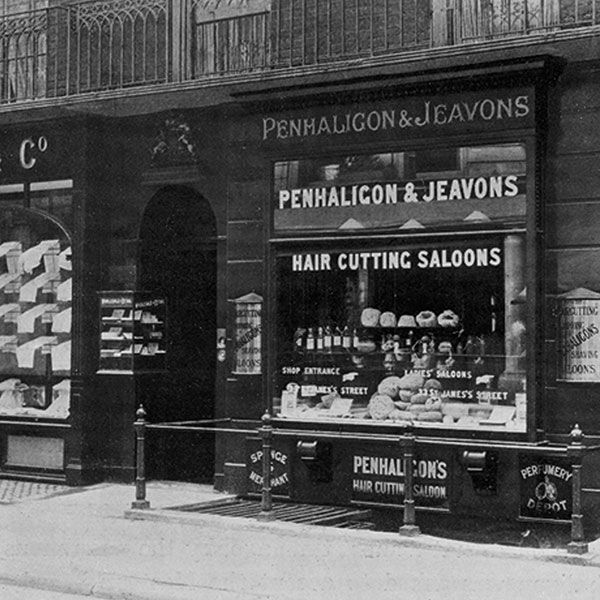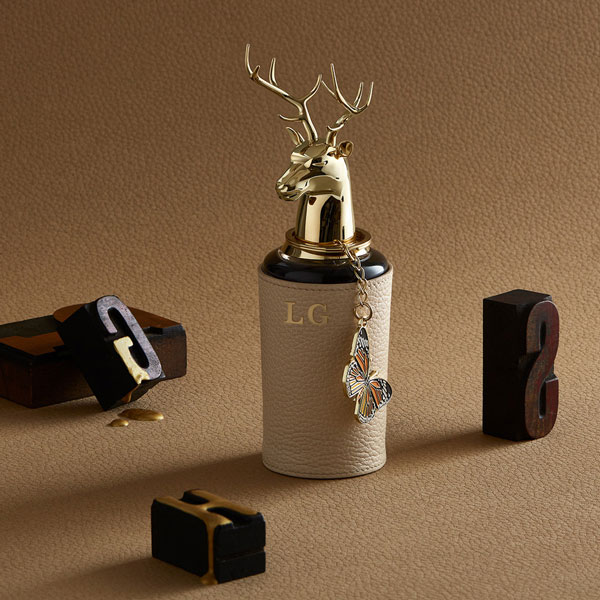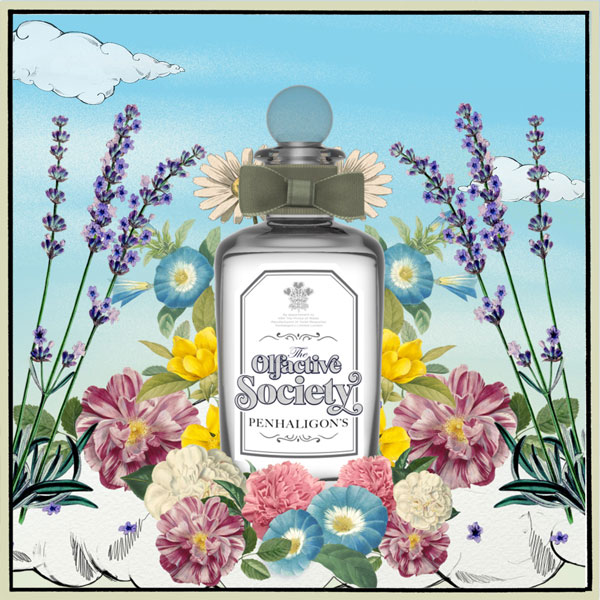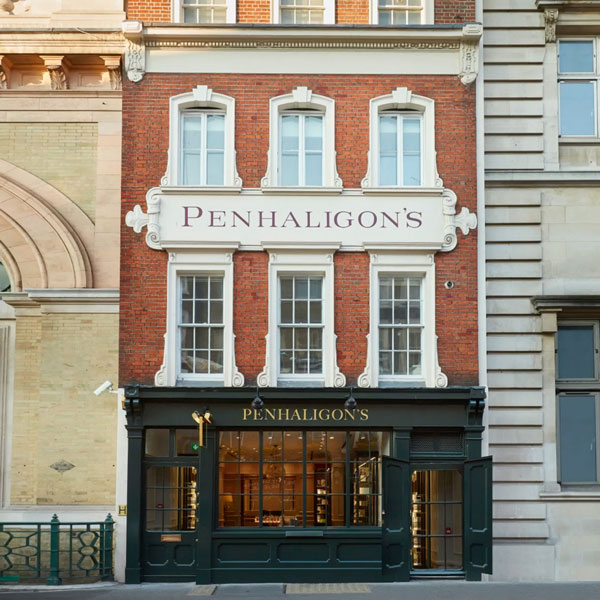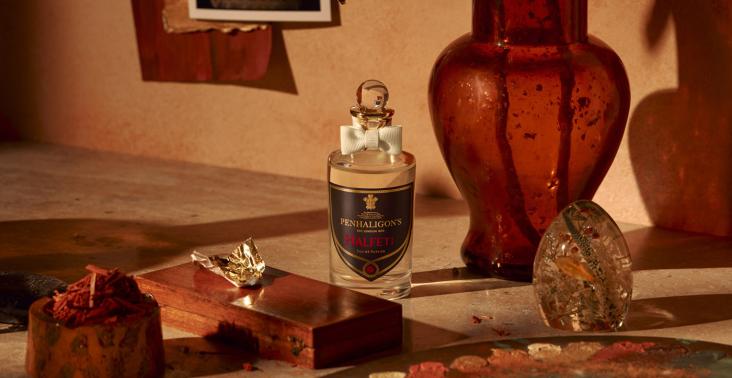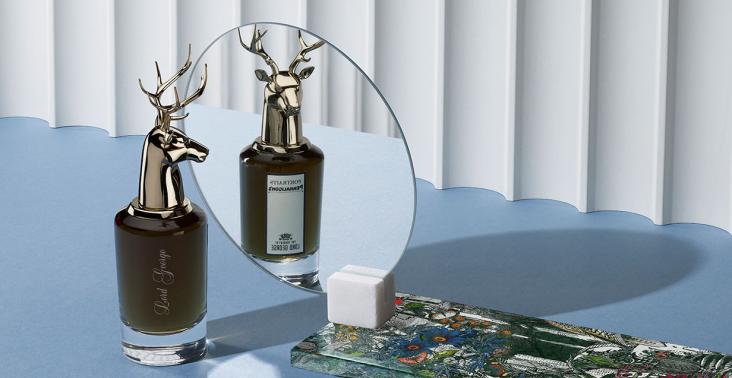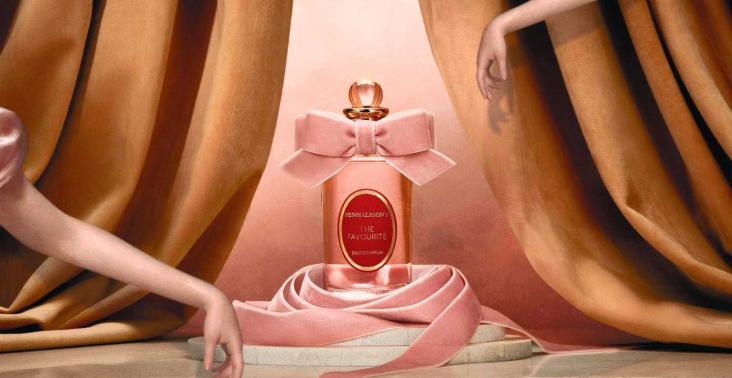
Annick Ménardo Takes The Wheel
Master Perfumer, Annick Ménardo, shares the inspiration behind Penhaligon’s latest limited-edition scent, Sports Car Club, and reflects on her journey in becoming a fragrance connoisseur.
Fragrance is very personal, but how do you hope that Sports Car Club will make the wearer feel?
Sports Car Club is an empowering scent. In one spray, it instantly puts you in a fighting mode, and you feel you have all the skills to win the competition. It gives you a lot of confidence.
How did it evolve from an idea, into the fully formed fragrance?
When I work, I like to start from scratch with a central idea only. Then I refine the short formula by thinking about the sensations and feelings they procure. I’m building it up block by block, ingredient by ingredient, facet by facet. At some point you come up with something that’s well balanced, so you stay on that accord. But the most important thing is to find a new way of expressing a theme that makes it contemporary.
What type of person do you imagine wearing Sports Car Club?
I believe this fragrance is dedicated to all those who don’t fear extreme sensations. The wearer is someone that enjoys the thrill of the unexpected, who likes the sensation of goosebumps on their skin. Above all, this person has a winner mindset.
Sports Car Club has notes of pink pepper, eucalyptus and patchouli – why did you pick each of these ingredients for the fragrance?
I chose to begin with pink pepper to mimic the fusing speed of a racing car, as it is a very vibrating ingredient. Its spiciness echoes the jubilant nervousness you have before a competition. It gives you this big chill, strengthened by the freshness of the eucalyptus, like a cold breath, while patchouli gives intensity to all these sensations, with its earthy woodiness.
What does the brand Penhaligon’s mean to you?
Penhaligon’s is this kind of brand that has this precious mix between heritage and innovation. The classic heritage of British History, the story of an establishment, an aristocracy, but at the same time the will to emancipate from it, and to challenge the rules. Kinda punk in fact.
What is your olfactory style, and raw materials that you enjoy working with?
When I’m told there’s a Ménardo touch, I guess it’s because I use certain materials. Actually, it’s very simple, very animal. It’s the reptilian brain, the subconscious mind that does it. It’s normal that people perceive things about me that I’m not able to see. All I know is that there are things I can’t do anymore. I quit praline in 1997 with Lolita Lempicka. What’s done is done. But I’m fond of heliotropin. I’ve always loved it and I’ve always used it everywhere! I love anisic, almondy, cyanhydric notes with bitter facets… actually, I love bitterness.
When did you decide you wanted to be a perfumer?
Since I was little, I was surrounded by flower pickers in my family, so I’ve always been in touch with this environment directly or indirectly. Also, some fragrances marked my childhood and made me love perfumery such as Weil’s Zibeline, Jean Desprez’s Bal à Versailles. And then Habanita by Molinard, the ultimate fantasy. Initially, I wanted to become a ballet dancer. I was in a very good school in Cannes which competed with the school of the Paris Opera. I got all the qualifying diplomas that existed at the time. I started at the age of five, studying 15 hours a week including holidays, until I was 18 or 20. At that point, I had to decide whether I wanted to be a professional. But I was doing a scientific baccalaureate at the same time at one of the top secondary schools in France, the Lycée Carnot. All the guys in my class went on to the Grandes Écoles. I couldn’t keep up with both. I had to make a choice. While I was getting my BSc in chemistry, my best friend told me about ISIPCA. We sat the admission exam together. I chose to specialize in perfumery.
Why is fragrance a good vehicle for storytelling?
Fragrance has a huge symbolic power. It tells of a situation, a person, an event, a feeling without saying it, so that the way it can be interpreted is wide. Fragrance can recall moments and memories that may be different for each wearer, but that have a common ground.
Could you give any advice or tips on how you should apply a fragrance?
Most important is to do whatever pleases you with fragrance! It should be fun, and it has no rules. Well, actually, if you want to sublimate a fragrance, there are a couple of tips you can use. You should apply it on pulse points – this means where you can feel your pulse: neck, wrists, even the back of the knees – because it will react with your warm skin and diffuse better. Also, people often rub their wrists together to “spread the fragrance” but in fact it breaks the fragrant molecules and can change your fragrance. That’s basically all!
Champagnerduschen. Karo-Flaggen. Unser Siegerduft ringt mit pfefferscharfen Haarnadeln. Eukalyptus saust über frisch gemähtes Gras. Ein kräftiger Fougère mit Patchouli und Holz, wie es ihn noch nie gab!
ENTDECKEN SIE BRITISH TALES
Shop the full British Tales Collection to discover a myriad of timeless scents.










